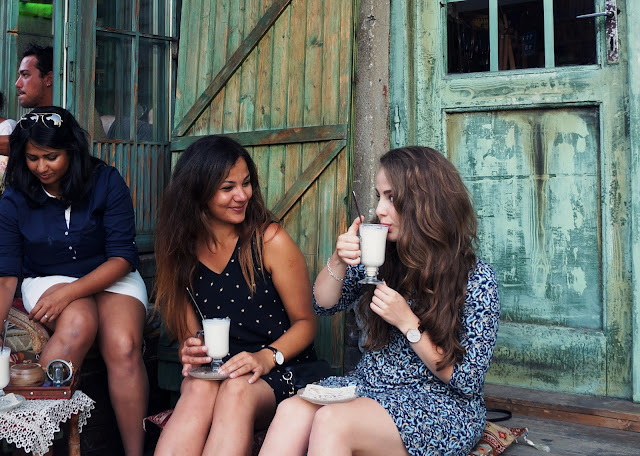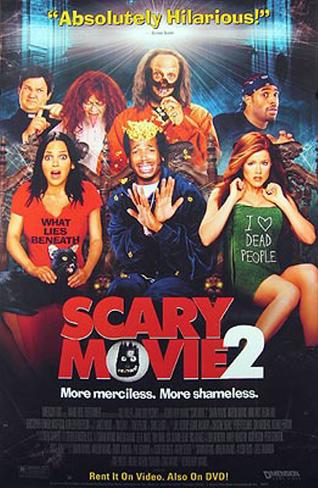Editing: blog task
During this part of the film there have been continuous changes
in the cinematography; camera angles. Mainly during 3-6 mins there
are constant changes to the scene with different camera angles and jump cuts. As
soon as the scene begins the director has decided to use medium shots so that
the audiences can see the actor’s face whiles also getting a glimpse of the
setting. It then progresses onto becoming a tracking shot whiles the character
is walking; this gives audience the impression that he is a main character. They
then give a quick close-up of the characters face so that audiences know what
the character looks like properly and may be able to pick up hints from his
facial expressions; serious face connotes formal, dedicated and on-job.
As the scenes constantly keep changing as everything happens
quite fast in this scene, there are lots of tracking shots that have been
merged together. As the transitions happen quite quickly, the director has
included quite a lot of jump cuts. The jump cuts also connote a sense of urgency and build up tension in the scene as everything would be happening quickly. The transitions are smooth throughout the scene
even though the camera angles change. They have also used match-on-action to
show close-ups or a different angle of the same scene during certain sequences
even whiles the scenes are changing rapidly.
During the first minute, the director has used 360-degree
shots to show the whole violent scene in total. This enables audience to see
the main scene taking place whiles also seeing the surroundings and the type of
people and atmosphere that is around to give them a better understanding of
what is happening without having to verbally be told everything; attention to
detail.
Between 3 to 6 minutes is when majority of the editing work
has been done whiles also having a range of shots to give audience a better
view of the scene taking place. During the shoot out, they have used jump cuts
to show different sides of the story; this gives the audience more of an
understanding of what is happening in the scene and also helps build up tension
as they would be wondering what each person in the scene is up to and what the
climax is going to result in. The pace of the camera movement slows down as the
shoot-out begins to die down and mainly consists of long shots.
The mise-en-scene in the scene lets the audience know a lot about what is going on in the scene without them having to directly be told. For example, the setting in this clip is very formal and office type which connotes that this is set in a city and something very serious; related to money is taking place. The props and costumes used in the scene also allow the audience to understand what sort of background the characters come from, what type of person they are and what sort of area or atmosphere they are in.
The mise-en-scene in the scene lets the audience know a lot about what is going on in the scene without them having to directly be told. For example, the setting in this clip is very formal and office type which connotes that this is set in a city and something very serious; related to money is taking place. The props and costumes used in the scene also allow the audience to understand what sort of background the characters come from, what type of person they are and what sort of area or atmosphere they are in.















.jpg)